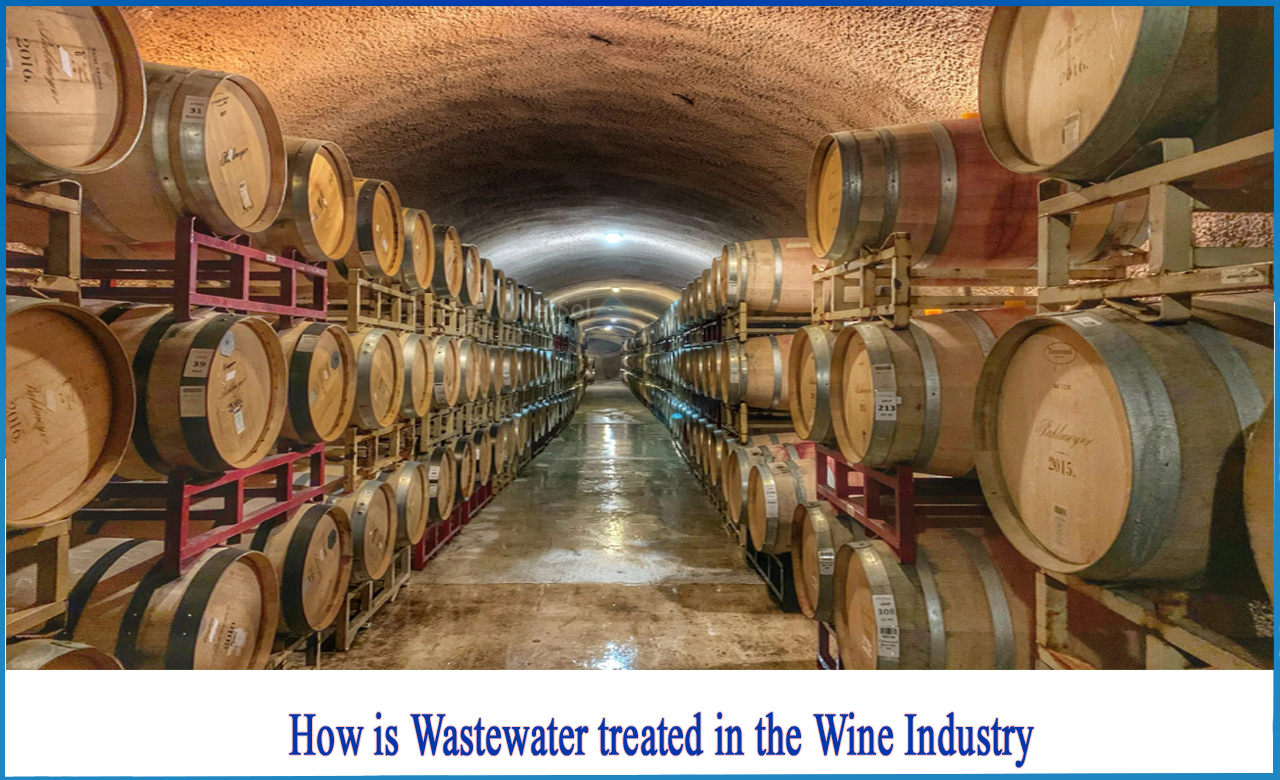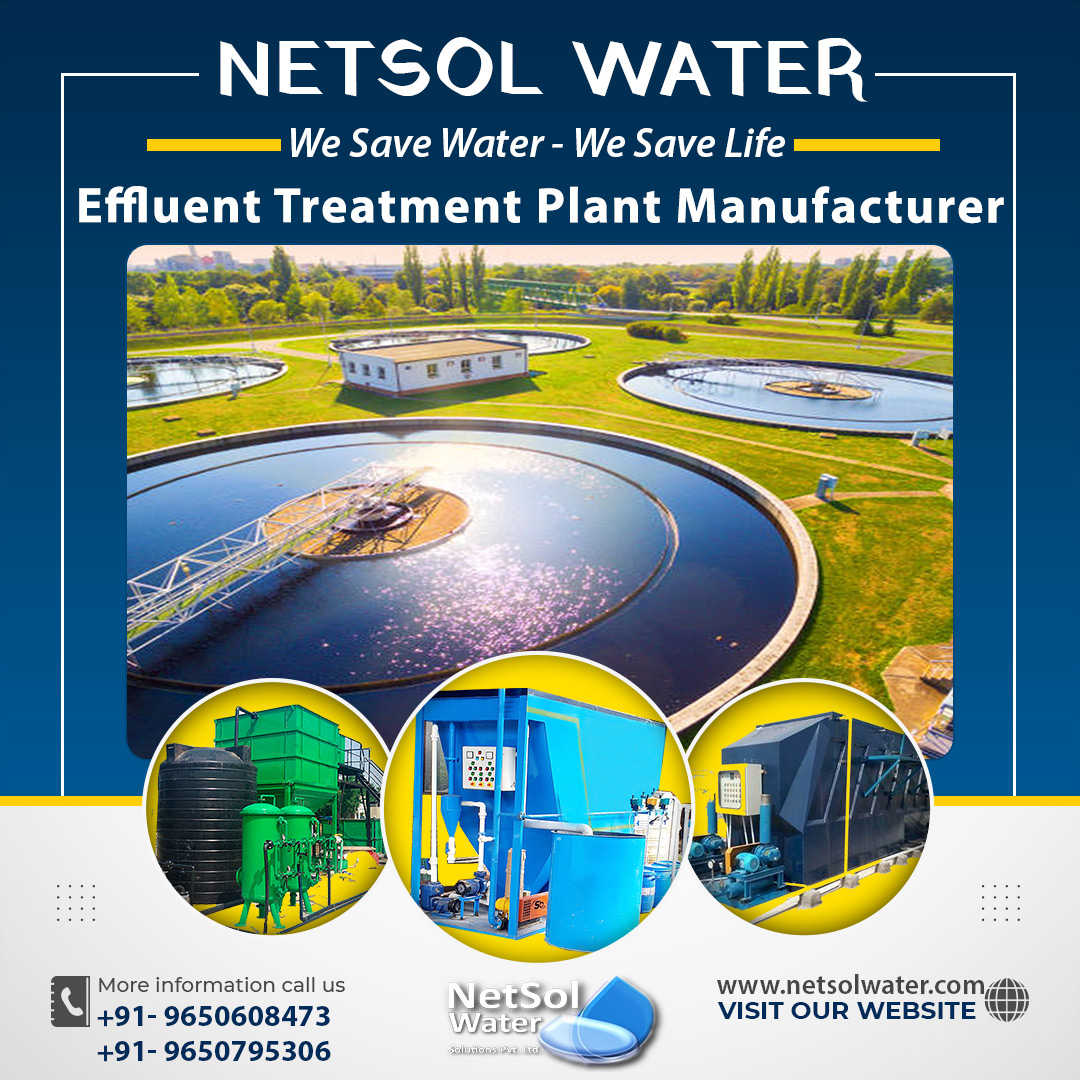How is wastewater treated in the Wine industry?
Wine production produces a lot of waste and effluent. Winery wastewater is complicated and extremely variable, which can have a negative impact on WWTP operations, stressing the need for enhanced co-treatment solutions.These requirements would be met by a pre-treatment system that decreases downstream loadings on the municipal WWTP's unit operations, is rapid to start up, and is cost-effective.
Winery wastewater
Water is a valuable resource that is utilized for irrigation, temperature regulation, cleaning, sanitation, sterilization, and filter rinsing throughout the winemaking process, from vineyard to bottle. Wastewater is simply water mixed with whatever else is flushed down the toilet.
Composition of winery wastewater
Unused grapes and juice, winemaking residues such as alcohol and sugars, and chemicals such as cleaning agents are all examples that go down the drain in a winery. Cleaning the equipment and machinery that comes into contact with the raw materials or products used in various processes (tanks, presses, reception hoppers, pumps, tubing, filters, etc.), washing the fermentation tanks, barrels, bottles, and accidental spillages that occur during the numerous transfers performed as part of the wine-making process, all are the main sources of wastewater in the wine industry.
Characteristics of wastewater in a winery
Inorganic salts, organic substances, yeast, and bacteria are all found in winery effluent. The "high-strength" winemaking process effluent (defined as having more than 7,000 mg/L of BOD and a TSS of more than 3,000 mg/L) has distinct features from other food processing wastewaters.
Treatment of winery wastewater
Given these features of winery wastewater, the first step in determining which form of treatment is most appropriate should be an investigation of the various effluents involved on an individual basis to see how their production might be reduced.
Traditional biological wastewater treatment technologies, such as sequencing batch reactors (SBRs) and up-flow sludge blankets (USABs) systems, are used due to wastewater generation patterns and variability among brewery and winery wastewater sources. The elimination of COD by aerobic and anaerobic biological treatment procedures ranges from 70% to 98 percent; however, these processes need a lot of energy.
In order of increasing treatment complexity, the steps would be as follows:
1. Pretreatment and neutralization;
2. Primary treatment;
3. Secondary treatment;
4. Advanced treatments.
Conclusion
The qualities of wastewater differ from winery to winery and appear to be impacted by the climate and the type of wine produced. Seasonal variations in wastewater loads exist as well, with the biggest organic loads produced during the harvest season.
What do we offer?
Netsol Water is one of the leading water and wastewater treatment company in India with services in the field of WTP manufacturing, WWTP manufacturing, Commercial and Industrial RO Plant manufacturing, among other services. The company designs and manufactures all in one system that are ideal for treating wastewater and the sludge generated.




